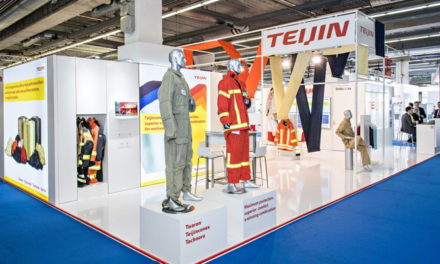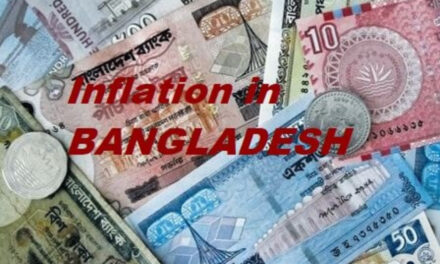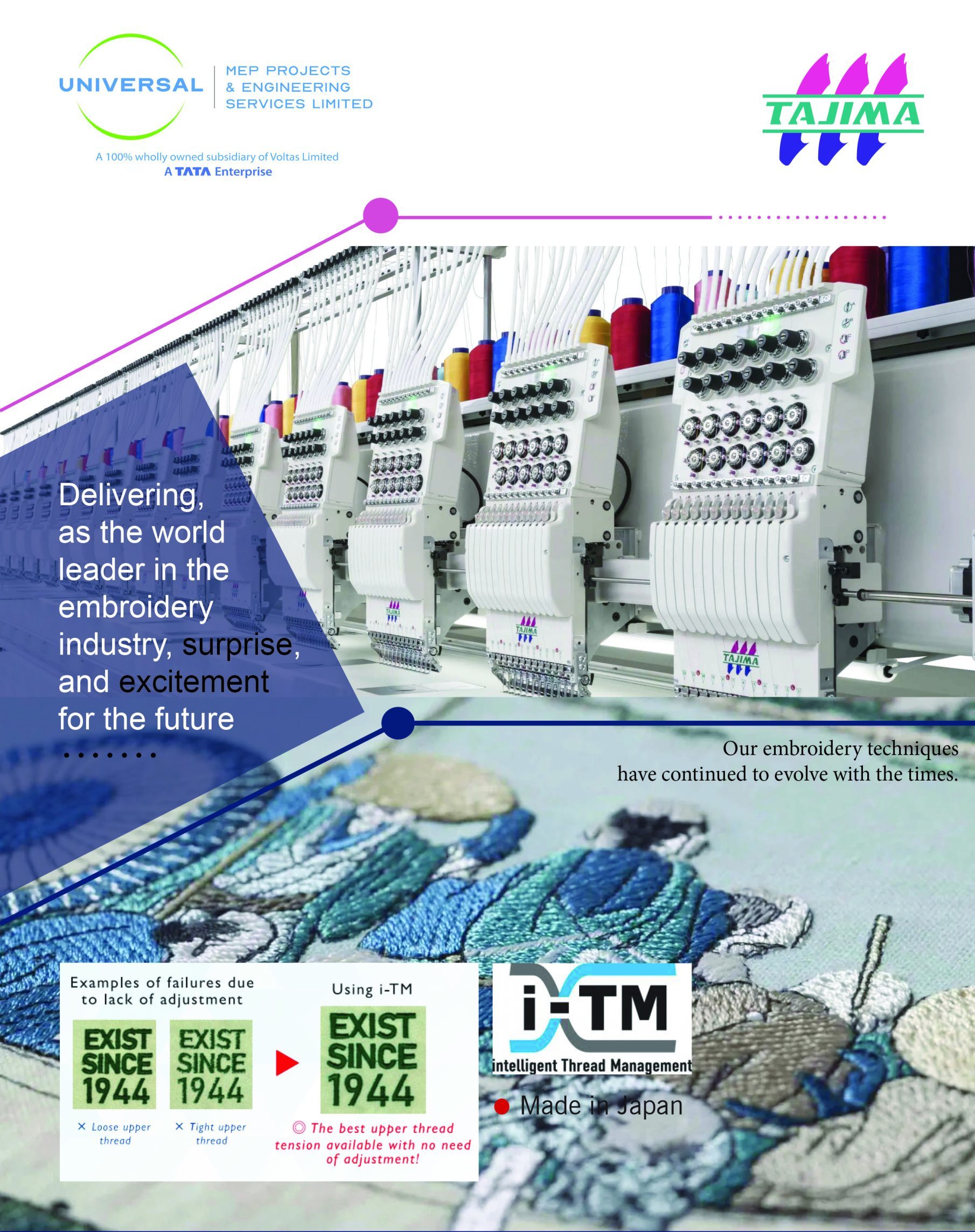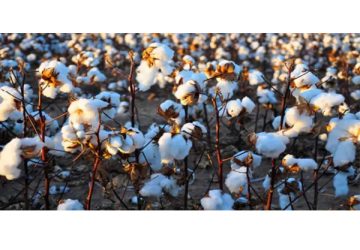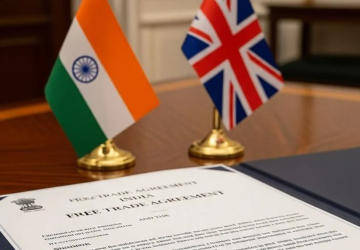
The textile industry of Pakistan has seen excellent growth in the last one year, with apparel exports rising by 19%, reported Federal Minister for Commerce Jam Kamal Khan. The minister pointed towards this improvement in a high-level meeting aimed at enhancing textile exports and further improving the overall performance of the sector.
The session, presided over by Jam Kamal Khan, convened principal industry players to deliberate on initiatives for promoting Pakistan’s place in the world textile market. Administrators indicated that the nation’s garment exports stand at an unprecedented 6.2 billion dollars, a significant milestone in the national economy. The increase occurs despite continued turmoil in the sector, a demonstration of resilience and prospects for further growth.
In order to maintain and further this progress, the minister stressed the need to lay emphasis on value-added products. He noted that Pakistan has now become the sixth among the world’s top cotton-producing nations. With the use of modern technology, quality seeds, and mechanized agriculture, there is a possibility of further boosting cotton production and making Pakistani textiles more competitive in the international market.
Realizing the necessity for a well-organized plan for increasing exports, the government has declared that a short-term, medium-term, and long-term work plan has been completed. Special focus will also be given to developing small and medium-sized enterprises (SMEs) in the textile industry. The development of these enterprises is likely to help create jobs, facilitate innovation, and enhance production capacity.
The minister underscored that upgradation of the textile industry is crucial for ensuring Pakistan’s competitive edge in overseas markets. With investment in the latest technologies and enhancing the manufacturing process, the nation can continue to consolidate its position in the global supply chain. He reiterated that the augmentation of exports is crucial for ensuring economic stability and assured that the government will adopt measures that will help the industry.
In spite of the upward trend, issues still linger in the textile industry. A major chunk of Pakistan’s spinning mills have experienced operational challenges, and many have shut down. Solving these problems will be key to maintaining growth and making sure that the whole textile value chain reaps the benefits of the recent export boom.
In addition, Pakistan is actively pursuing foreign investment with the aim of reinforcing its industrial sector. The government has invited Chinese textile producers to establish factory facilities within the country, an initiative likely to spur further growth in the industry and help bilateral trade relations. Promoting foreign businesses to invest in the domestic market is also set to introduce advanced manufacturing processes, generate job opportunities, and expand Pakistan’s export capacity.
With the government persistently pursuing strategic policies for economic development, the textile sector is still a highly significant pillar of Pakistan’s economy. With value-added production, foreign collaborations, and government assistance, the sector is expected to continue its growth over the next few years. The recent boost in apparel exports is a heartening indication that Pakistan is moving in the correct direction for improving its prospects in the international textile market.


